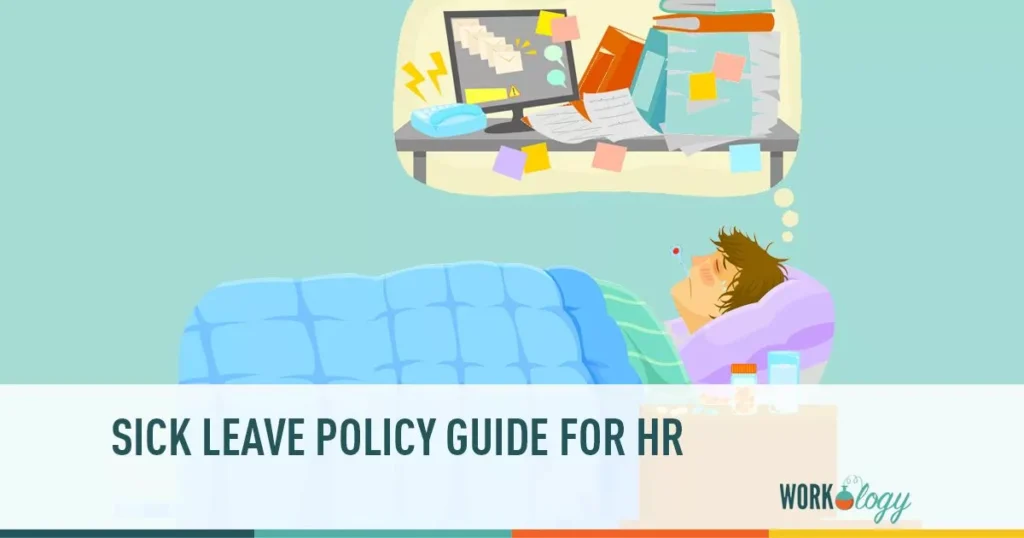What is Sick Leave?
Sick leave is time dedicated exclusively so an employee can recover from an illness or take care of a family member recovering from an illness. It can also be used to attend to urgent family emergencies.
Paid sick leave is not required legally, but companies subject to the Family and Medical Leave Act (FMLA) require unpaid sick leave. FMLA requires that employers allow up to 12 weeks of unpaid leave for the employee or close members of the employee’s family for medical situations.
There are many types of paid leave that HR should know about. While paid sick leave is not required, some businesses implement it anyway, as it’s a good benefit and attraction for prospective employees.
What’s the average amount of sick leave employers offer?
Companies generally have different policies for sick leave that can vary depending on the company and employees’ needs. Some companies include sick time in the same time bank as other paid time off or personal days.
That being said, according to a study done by the Bureau of Labor Statistics, 78% of civilian workers had paid sick leave as of March 2020. 68% of those workers had a fixed sick leave schedule that gave them an average of 8 days available per year.
Is a process required to take sick leave?
If your company is covered by FMLA, to be eligible for sick leave, employees must have worked 1,250 hours, have worked for the employer for a year, and work at a location with more than 50 employees within 75 miles.
Generally, employers just request that their employees let them know they’re taking a sick day at least before the shift starts, but ideally at least 24 hours before. Some companies require a doctor’s note if an employee takes several days off at once.
It’s up to the company how sick days are disbursed or accrued, or if they’re in a separate bank than other PTO and vacation time. Generally, sick days will activate once an employee has been working at the company for a few months.
Intermittent or Reduced Leave
Sometimes, employees can take FMLA leave intermittently, meaning that they don’t take it all at once, or instead of a day, they’ll simply reduce the hours in their schedule. This is up to the employee and employer to decide what works best for both the employee and the company.
Sample Policy
As always, it’s better to see a sample sick leave policy for reference:
At X Company, we offer a sick leave policy that applies to all employees who have been working for at least one year.
We offer 10 days of paid sick leave per year. Please note this is a separate bank than PTO. Please refer to our Paid Time Off policy for all PTO guidelines.
Sick leave is to be used to recover from illness, assist an immediate member of the family with recovering from an illness, receive mental or psychological care, or attend to urgent family matters.
Sick leave can be rolled over, and any remaining sick days will be paid out to the employee upon termination of employment.
Employees looking to use a sick day should notify their supervisor and inform them of how many days they’ll be taking. If an employee takes more than three sick days at a time, they will be expected to provide a doctor’s note.









